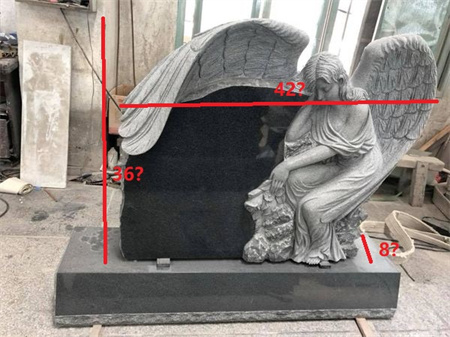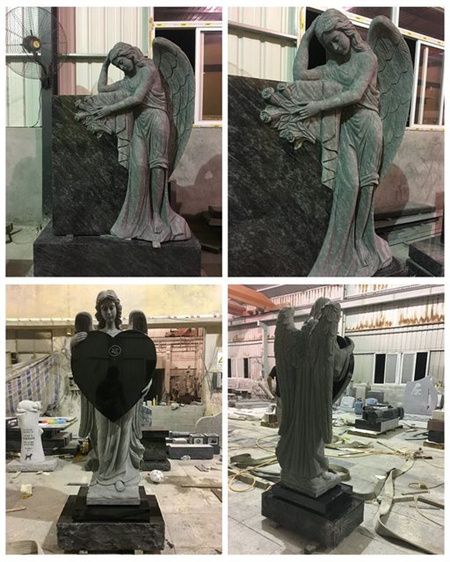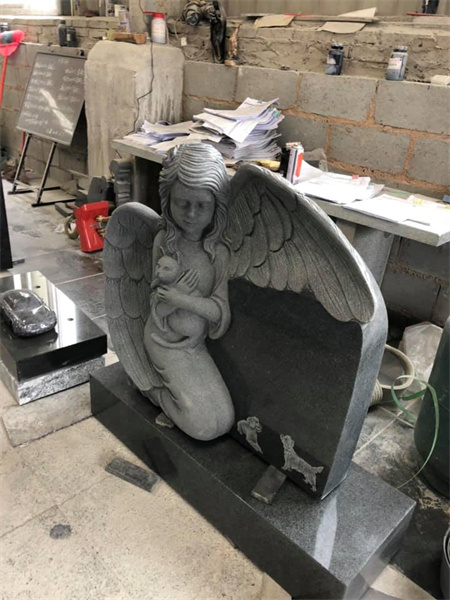The Evolution of Granite Monuments Across Generations

The Evolution of Granite Monuments Across Generations
Granite monuments have stood the test of time, enduring centuries of change, and serving as a testament to human history, culture, and artistry. From the majestic pyramids of ancient Egypt to modern-day memorials, granite has evolved from a practical building material to an iconic symbol of memory and reverence. But what is it that has kept granite as a central figure in the design of monuments for so many generations? How has its role and appearance transformed through time?

As centuries passed, the use of granite monuments spread across cultures. The Greeks and Romans, for example, expanded on earlier ideas and began to use granite to immortalize both the dead and the living. Roman emperors, for instance, commissioned grand statues and public works, many of which were made from granite. However, the emphasis began to shift from religious symbolism to civic pride. Monumental columns and arches, like those found in Rome’s Forum, were constructed from granite, serving as reminders of the empire’s might and achievements. Over time, the use of granite in monument design also became more refined. Carving techniques improved, and granite began to take on more intricate and delicate forms, allowing for greater expression in artistic representations.

By the time the Renaissance and Baroque periods arrived, granite monuments had become more widespread, especially in Europe. These centuries saw a resurgence of interest in classical art and architecture, and granite was once again embraced for its ability to convey permanence and grandeur. Artists and architects of the Renaissance, such as Michelangelo and Bernini, crafted monumental works using granite, pushing the limits of the material’s capabilities. The stone was used in the creation of fountains, sculptures, and memorials, often in combination with marble and bronze to achieve a striking effect.
In the modern era, granite’s role in monument design shifted once again. With the advent of industrialization, advances in quarrying and cutting technologies made granite more accessible and affordable. Granite monuments became less exclusive, opening up the possibility for widespread public memorials, such as war memorials and civic statues, to be created in communities around the world. The rise of the memorial park also brought granite to the forefront as the preferred material for headstones. While the designs of these monuments were often simpler than their historical counterparts, granite was still celebrated for its ability to withstand the ravages of time.

The evolution of granite monuments is a reflection of changing cultural values, technological advancements, and artistic expression. From the grandeur of ancient tombs to the understated elegance of modern-day memorials, granite has proven itself to be much more than just a stone—it is a medium through which humanity’s most important stories are told and preserved for future generations. And as long as granite endures, so too will the monuments that speak to the past, the present, and the future.